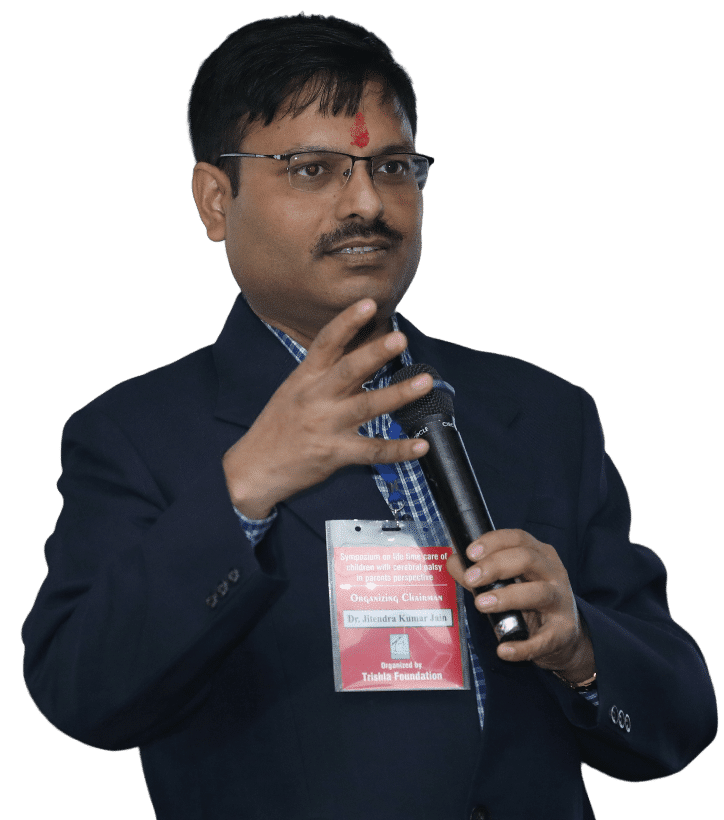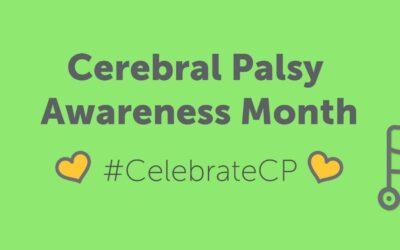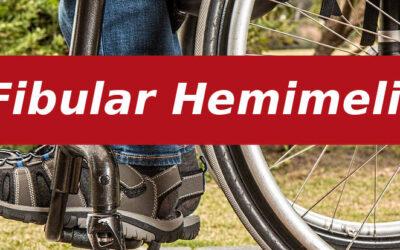Proximal Focal Femoral Deficiency
Releted Posts
Cerebral Palsy
Cerebral Palsy Types
Cerebral Palsy Myths
Cerebral Palsy Surgery In India
Cerebral Palsy Children
Cerebral Palsy Defination
Cerebral Palsy Care Plan
Cerebral Palsy Prognosis
Cerebral Palsy Symptoms
Cerebral Palsy Treatment
Cerebral Palsy Therapy
Cerebral Palsy Organizations
Cerebral Palsy Living Style
Cerebral Palsy Birth Injury
Cerebral Palsy Associated Disorder
Cerebral Palsy Eating Feeding Tips
Cerebral Palsy Sleeping Disorder
Diplegia Spastic Cerebral Palsy
Spastic Cerebral Palsy
Yoga & Physiotherapy
Donate Now
Your one donation can give someone a new life
Proximal Focal Femoral Deficiency
PFFD is congenital femoral deficiency & deformity of proximal femur. This problem is also known as congenital femoral deficiency. This congenital anomaly may have instability & mal orientation of hip & knee, deformity of femur, acetabular dysplasia, muscular contracture and limb shortening. Some time they can also have knee ligament deficiency. Paley has classified this congenital deficiency in four categories depending upon severity of pathology, reconstructability of congenitally deficient femur. Type 1 will have intact femur with mobile hip & knee. Type 2 will have mobile pseudoarthrosis with mobile knee. Type 3 will have different grade of diaphysial deficiency. Type 4 have different grade of distal deficiency of femur. Lots of radiological & clinical evaluation is required for planning of treatment. Usually all these children need reconstruction at the age of 2 year then repeated limb lengthening. In mildest problem of femoral shortening shoe raise or limb lengthening is required but most of time they required complex reconstruction of hip joint for good outcome. Hip reconstruction in PFFD is known as super hip surgery and knee joint reconstruction is known as super knee surgery. Type 1 is most reconstructable. In this variety super hip 1 is required in which we need to correct the proximal femur deformity by osteotomy and soft tissue release. Limb lengthening is being performed after final correction of hip problem. type 3 & 4 may need rotationplasty & prosthesis fitting. In rotationplasty ankle joint will be converted in knee joint by surgicaly rotating limb by 180 degree. Type 2 variety will need very complex hip reconstruction. All these procedure is not without complication and should be practice by only expert. Trishla foundation under the supervision of Dr jitendra kumar jain, pediatric orthopaedic surgeon has given new lease of life in many children affected with this problem.
Our Cerebral Palsy Treatments
by DR. Jitendra Kumar Jain
Subscribe to
Trishla Foundation YouTube Channel
Empowering Lives Through Trishla Foundation
Page Medically Reviewed and Edited by
DR. Jitendra Kumar Jain
Dr. Jitendra Kumar Jain is a renowned name in the field of childhood physical disability & orthopedics problems in North India. He has been an MS Orthopedics, DNB Orthopedics, Pediatric orthopedic surgeon & cerebral palsy specialist for over 21 years.


Page Medically Reviewed and Edited by DR. JITENDRA KUMAR JAIN
Dr. Jitendra Kumar Jain is a renowned name in the field of childhood physical disability & orthopedics problems in North India. He has been an MS Orthopedics, DNB Orthopedics, Pediatric orthopedic surgeon & cerebral palsy specialist for over 21 years.
Testimonials
Make a Difference
Support Trishla Foundation's Life-Changing Work for Children with Cerebral Palsy!
Together, we can break barriers and empower children with cerebral palsy. With your generous contribution, Trishla Foundation can continue its vital work in providing therapies, education, and support to these incredible children. Help us create a brighter future by donating today!



